Cats get internet fame for many reasons. Some people get a lot of fans due to their distinct looks, others do it with their quirky personalities. Tucker stood out for his persistence.
TuckerTroubles14 made a post on the subreddit r/CatAdvice asking for help explaining the animal’s behavior. Tucker was obsessed with one wall in the guy’s house.
The online search for answers came to an end. The man tore a hole where Tucker would stare for hours on end.
14-year-old Tucker was your average cat, leading a very enjoyable and pretty chill life.
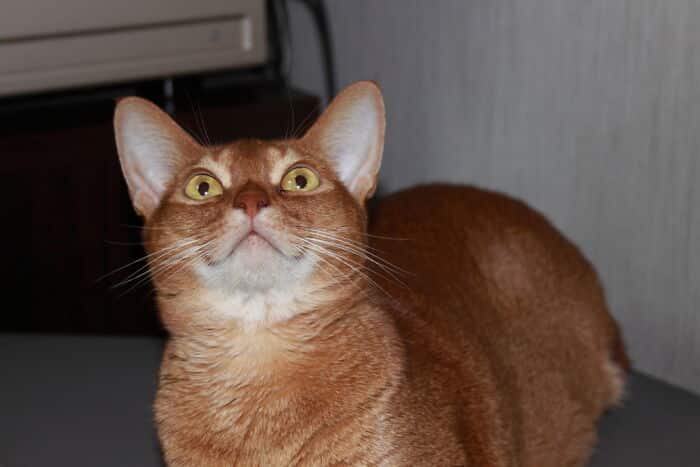
He became obsessed with one wall in his owner’s house.


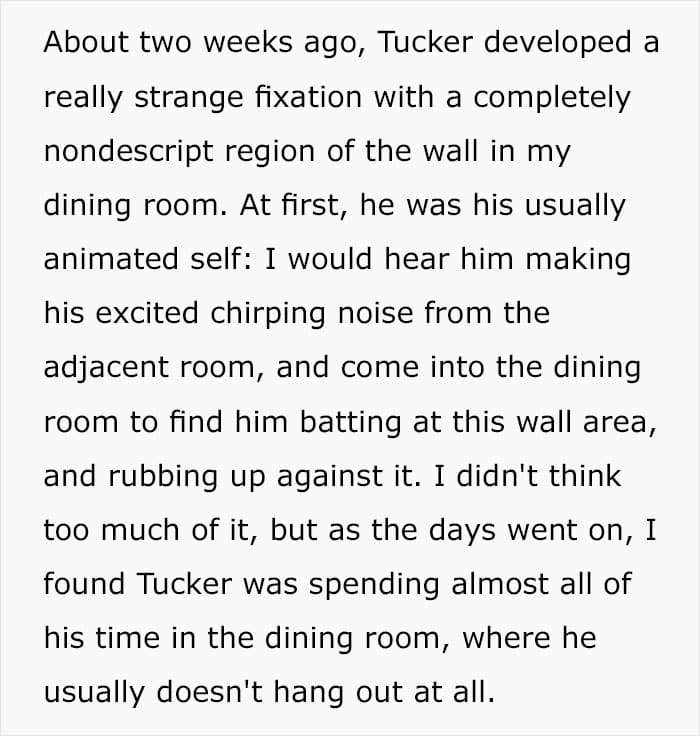

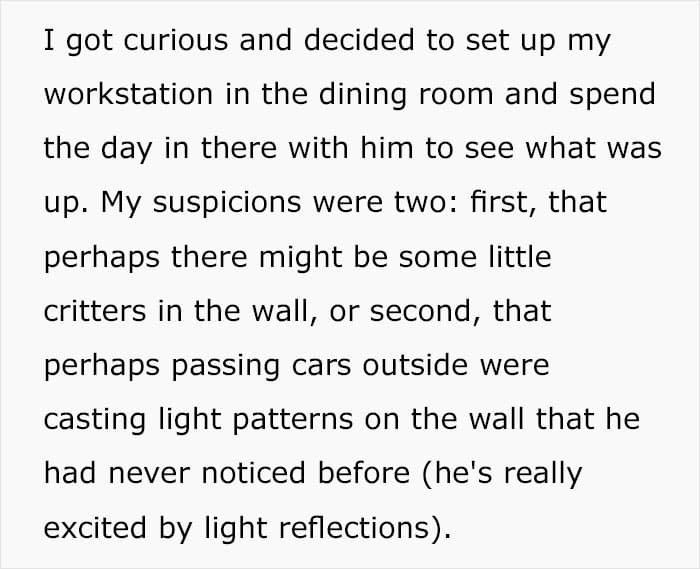


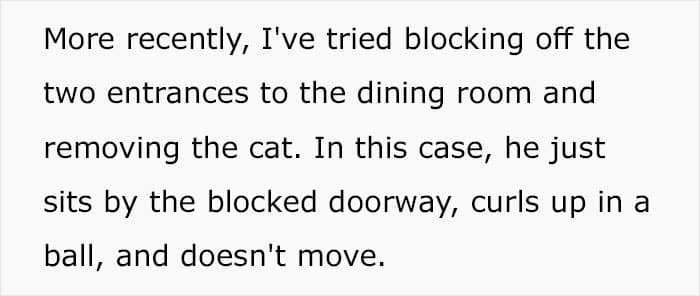
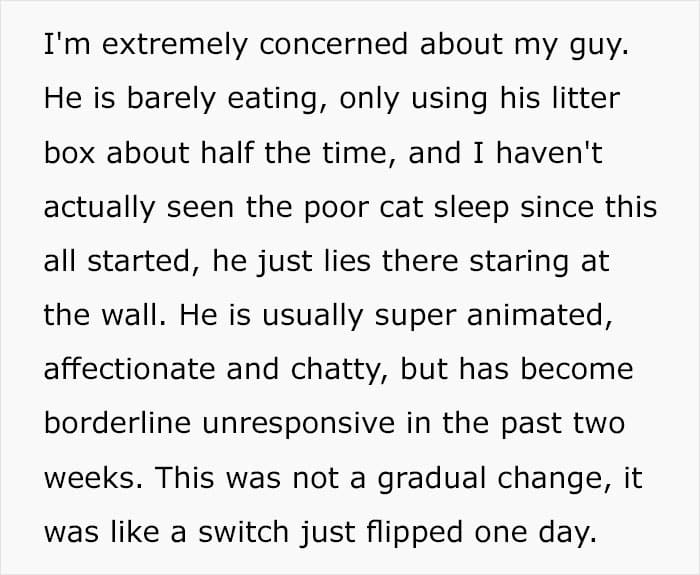

People were interested in Tucker’s story. Many of the explanations centered around the fact that he can pick up things that his owner can’t detect.
Lucy Hoile, a Certified Clinical Animal Behaviorist who specializes in cats, told that a cat’s senses are perfect for hunting. For example, “their eyes are highly effective in low-level light, (when prey is most active) and they are sensitive to fast-moving objects.” Hoile said. “Their ears are mobile and are shaped to help locate prey and they are sensitive to higher-pitched frequencies similar to some rodent vocalizations. The scent is used heavily in feline communication and maintaining territory.”
Dr. Carly Patterson, a clinical assistant professor at the Texas A&M College of Veterinary Medicine & Biomedical Sciences, said cats can see in near darkness because they can dilate their pupils and they have a special reflective layer called the tapetum lucidum that allows them to reflect more light to the back of the eye.
Cats have an extra fold on their ears called Henry’s Pocket. The function of this feature is not known, but many believe it helps enhance high-frequency sounds. Cats are able to hear signals that may be inaudible to people.
“Cats hear sounds of varying frequencies and they are especially adept at hearing high-frequency sounds,” Patterson said, adding that we should be aware of it because “Sounds that humans may perceive as normal background noise could be stressful to the cat.”
The buzz from a computer screen can be loud to cats. It is possible to reduce this problem by turning off electronics when we are not using them.
People tried to get to the bottom of Tucker.

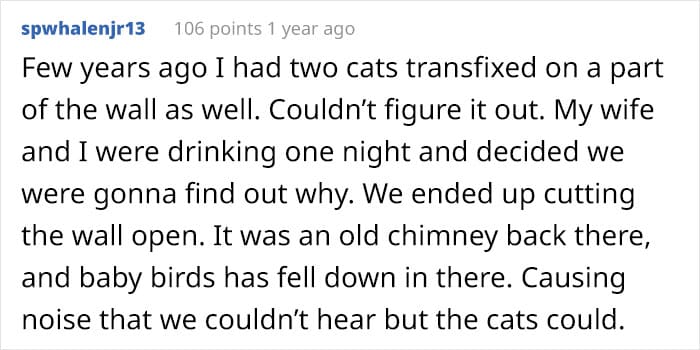
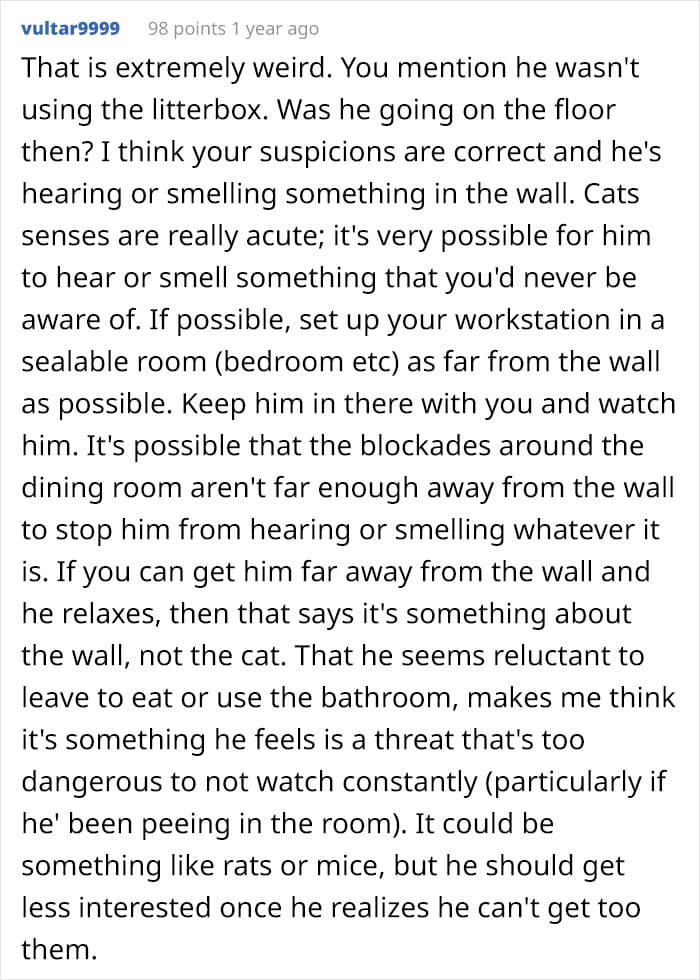
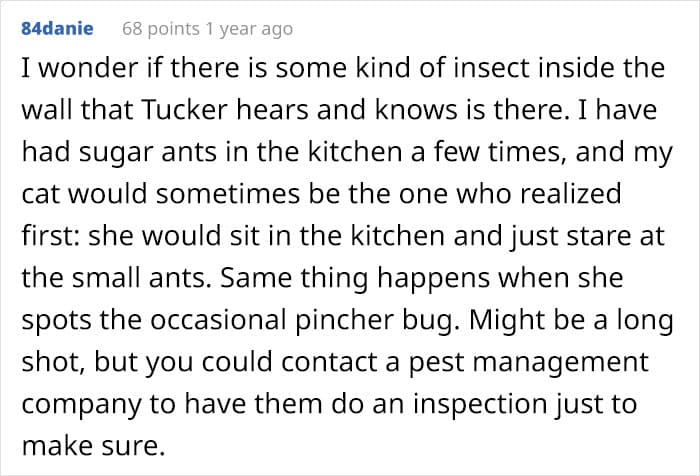
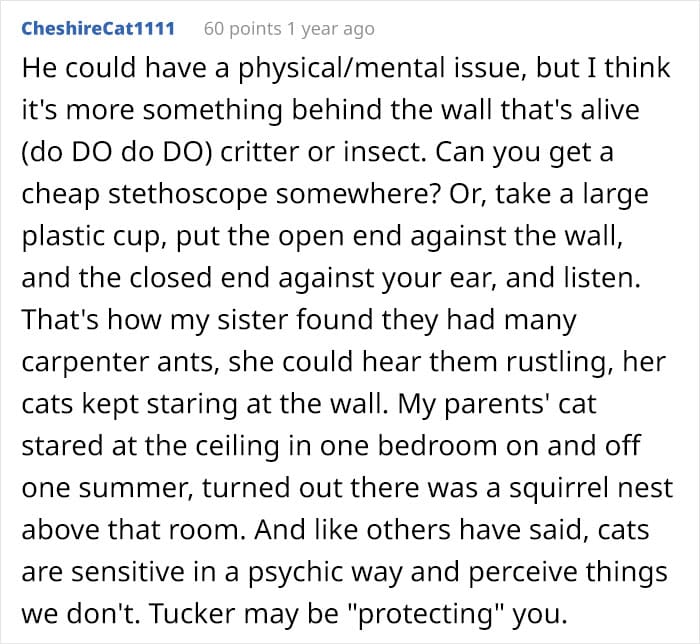

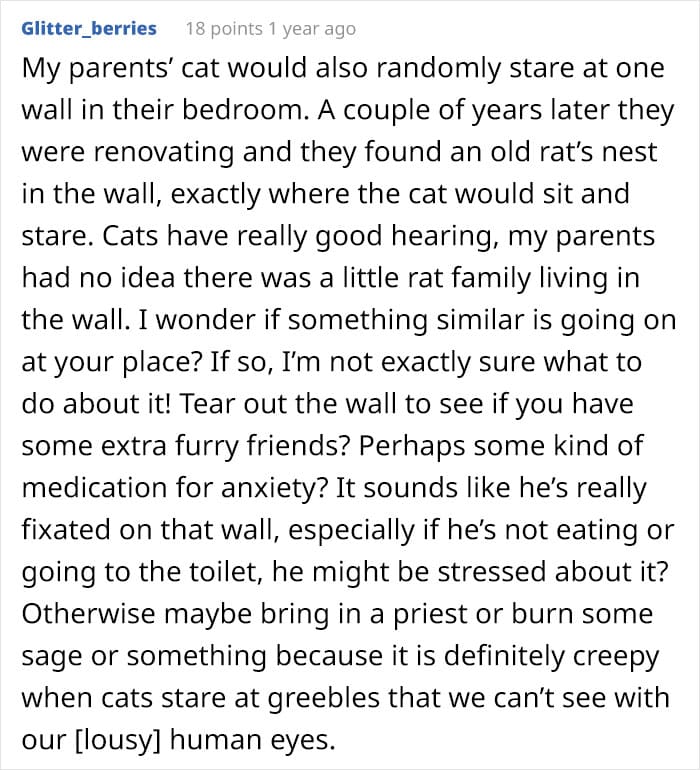
The smell is the most important to the cat, according to Hoile. “They establish their territory through scent-marking important objects by facial rubbing or scratching, helping their home smell safe and familiar,” the animal behaviorist explained. “They are sensitive to any unexpected changes in the scent profile in their environment, particularly those they are not able to investigate such as the new smells emanating from behind the wall in this case.”
Recent research shows that cats may be better at distinguishing between different smells than canines.
These animals are not as good as us at everything. They have great vision and hearing, but their ability to taste is not as good as ours.
Cats don’t like sweet foods because they lack the sweet taste receptor, so they only like fat and texture.
Cats use their whiskers to enhance their senses.
The pattern of whiskers on a cat’s body can change with different cat breeds.
“Whiskers are strategically located on a cat’s face to transmit critical sensory information, such as the ability to fit through passageways, potential obstacles, and even a sense of overall balance,” she explained.
Although house cats spend more time napping than hunting, their senses give them abilities that are shared with many of the world’s top predators.
It is clear that Tucker was onto something.
After a while, he came back with some news.





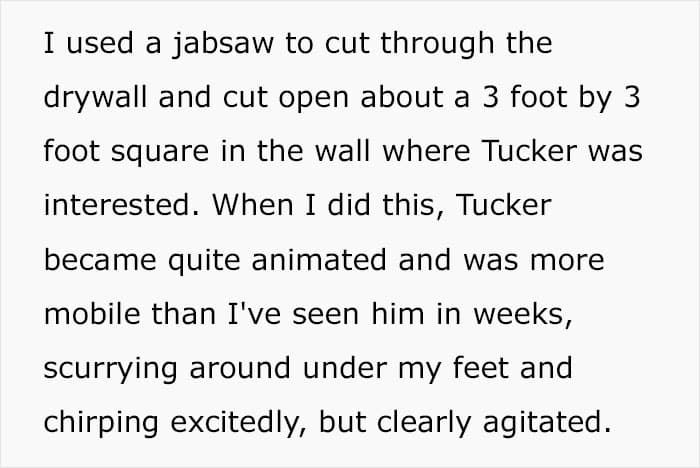





“The guy from the story was right to take Tucker to the vets to rule out a medical cause,” Lucy Hoile said. “Feline dementia or other medical conditions can cause odd changes in behavior and any changes should be checked out.”
It is important to know that sometimes cats need a break. “They are easily overstimulated by excessive environmental noise or strong smells and tend to take themselves away to avoid them,” Lucy Hoile explained. “Spending extended periods of time hiding or outside away from the home can be signs they are upset by something in the environment. In some cases, overstimulation can lead to aggressive behavior, particularly if the experience is unexpected, won’t go away, or is particularly intense.”
felines vary in how much they like petting or handling and how long they tolerate it. They vary greatly in warnings before responding to aggressive reactions.
To help people develop a healthy way of petting their cat, the San Francisco Society for the Prevention of Cruelty to Animals has some tips:
- The areas where the cat really enjoys your touch are the ones where you should keep your petting sessions short. Most cats don’t like long strokes over their bodies and prefer to rub their faces on an offered hand. If your pet gets aggressive when you are petting the tail base, don’t do that.
- There are signs of overstimulation and aggression. Cats give warning signals before biting or scratching. It can be difficult to pick up on them at first but some of the most common ones include tail swishing or flicking, skin twitching over the back, flattening of the ears, freezing, tenseness or staring, quick head turn to watch your hand as you pet, pupillary dilation, low growl, or walking away and lying down.
- If you see early warning signals, stop petting your cat.
- Don’t try to pet your cat again. Some only take a few minutes to settle down, others can take hours. Make sure the signals of irritation have stopped.
The way to address these behaviors is not through punishment. It won’t make your cat less aggressive. If you hit your cat, it will make it fear you or become even more aggressive. Avoidance and proper handling are the only ways to address these behaviors.
The investigation continued.








Mostly, the mystery was solved.










People were happy to hear that Tucker and his owner were okay.












